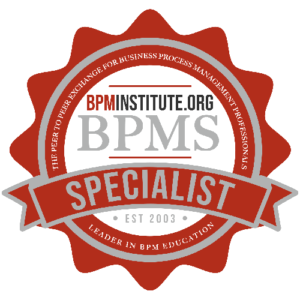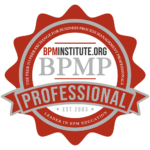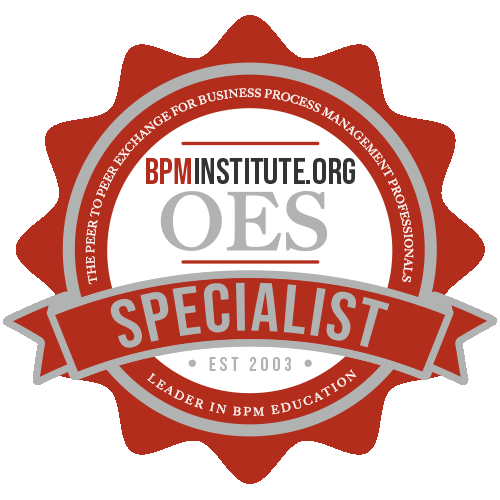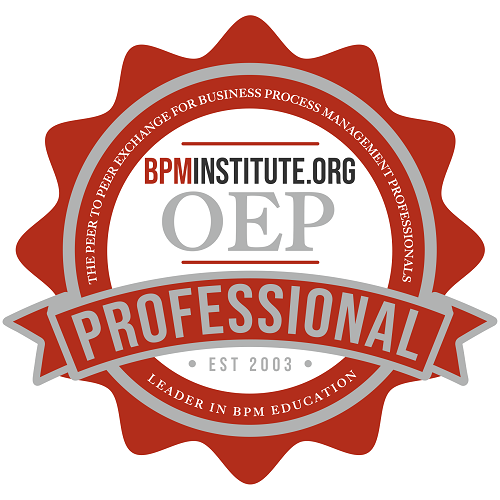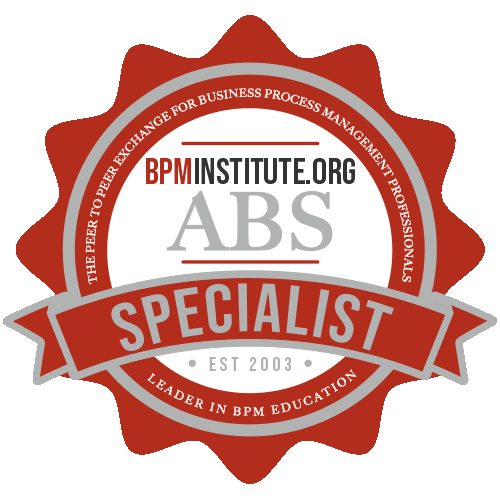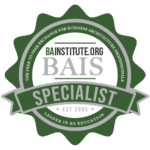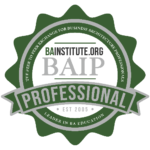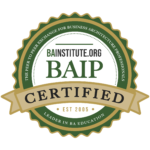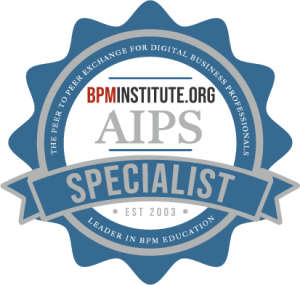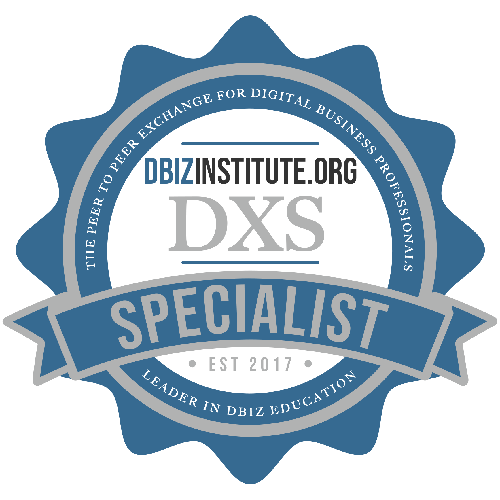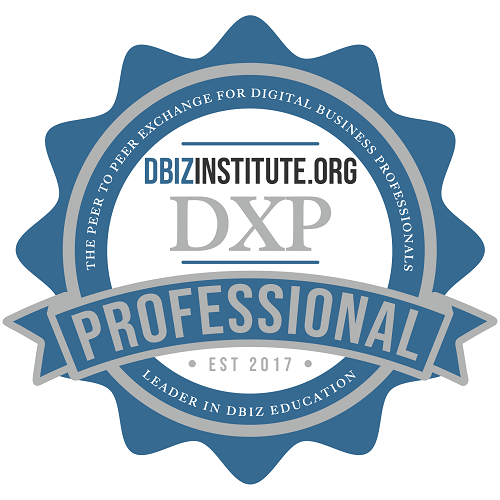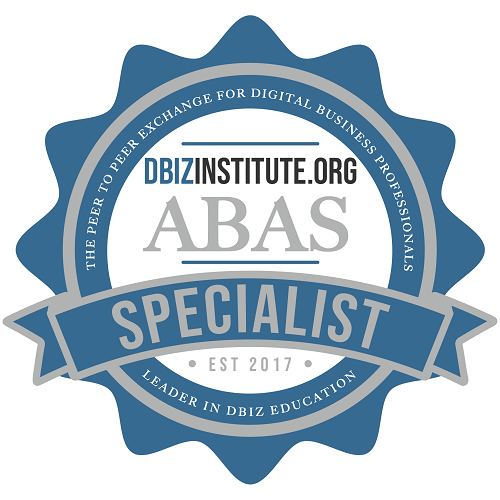In the first part of this series, we talked about the confusion in the SOA space and the difficulty in understanding the various standards activities.
Integrating Business Process Management with Public Sector IT Management
John Wilson is an IT Specialist and Project Manager at the Nuclear Regulatory Commission (NRC). His previous federal government experience included management positions at the Smithsonian Institution and the National Institutes of Health.
Wilson pointed out that the federal sector spends a considerable amount of money on IT. For fiscal year 2005 they spent $65B and in 2006 they expect to spend over $200B.
John Wilson is an IT Specialist and Project Manager at the Nuclear Regulatory Commission (NRC). His previous federal government experience included management positions at the Smithsonian Institution and the National Institutes of Health.
Wilson pointed out that the federal sector spends a considerable amount of money on IT. For fiscal year 2005 they spent $65B and in 2006 they expect to spend over $200B. That is a lot of money and it underscores the strong need for business process management in the public sector.
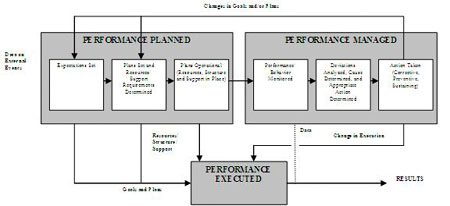
Where Have All the Leaders Gone? The Long-Lost Executive Process Improvement Project
Look at any book on business process management or improvement these days and you’ll see a good amount of advice being expended on the creating, chartering, nurturing and managing of process design, or improvement, teams. Typically, these are made up of employees who perform the processes being improved along with a gaggle of supporters, technical experts, and the like.

The Business Rule Revolution: Is it Real?
“The Business Rule Revolution is the awakening of business leaders to the importance of business integrity and governance through management of individual rules.” A new book, The Business Rule Revolution, is an anthology of real-world business rule experiences shared by the following people: John Zachman, the father of the ZFW for Enterprise Architecture.

What is BPM Anyway? Business Process Management Explained
BPMInstitute.org defines Business Process Management as the definition, improvement and management of a firm’s end-to-end enterprise business processes in order to achieve three outcomes crucial to a performance-based, customer-driven firm: 1) clarity on strategic direction, 2) alignment of the firm’s resources, and 3) increased discipline in daily operations.
BPM is an enterprise-wide, structured approach to providing the products and services that your customer’s value most. It is grounded in the premise that you must take a process view of your company in order to understand what products and services your customer values most. By understanding the key business processes your company uses to meet these customer needs, the gap between customer expectations and your ability to perform begins to emerge.

Golfers Should be Adept at BPM
Amateur golfers know how hard it is to get a consistent, repeatable, powerful golf swing. In golf, as in BPM, there’s no shortage of advice. Many experts agree that the essence of a consistent, repeatable, powerful golf swing has much to do with weight transfer, shoulder turn, swinging on plane, follow through, and balance. The same principles apply to BPM. So let’s explore why golfers should be adept at BPM.
Value of Business Rules – What Does it Mean to Your Organization?
In the series so far, we have seen the basic principles of business rules, roles and responsibilities of a Business Analyst (BA) and Business Rules Analyst. In this article we shall focus on the rationale of this study. What value do business rules bring to your organization? Why are organizations spending time, resources and money in understanding and implementing this ideology? How far does one go and where does one stop? Let us find out answers for these questions that bother an analyst through out the project life cycle.
Business rules are an inherent part of any process.

BPMS Watch: Step Up to “Full” BPMN
When you get started in BPM, the first step invariably is documenting your current, or as-is, process. You can gather the facts from process participants and process owners in a variety of ways – in a group, putting yellow stickies on the wall, or in separate interviews. But eventually you face the challenge of reducing that collected knowledge into a structured, semantically precise yet intuitively understandable, diagram – a process model.
The majority of process “models” in the wild are simply Visio diagrams, applying shapes and lines as the individual modeler sees fit.
Making Sense of SOA Standards Activities – Part I
I’ve seen a lot of activity in the past few months around SOA standards. There’s a joke that goes: “The great thing about standards is that there are so many to choose from”. So let’s review some of the recent SOA activity.
- August – Open SOA Collaboration group is formed to advance work on SCA and SDO
- October – OASIS Reference Model for SOA approved
- December – OMG begins work on UML Profile and Metamodel for Services
So what’s an architect to do?

Another Look at Quality
Introduction: Seldom a hot topic now, quality was the holy grail for business fifteen to twenty years ago. At the time, the automotive industry was learning the hard way from Japan that buyers could recognize quality and appreciate it enough to make it a priority in choice-making. The lesson was largely framed through the lens of manufacturing and the concepts of quality control developed by Edwards Demming – a prophet embraced by the Japanese, ignored in America and, suddenly, as important at home as he was abroad.
